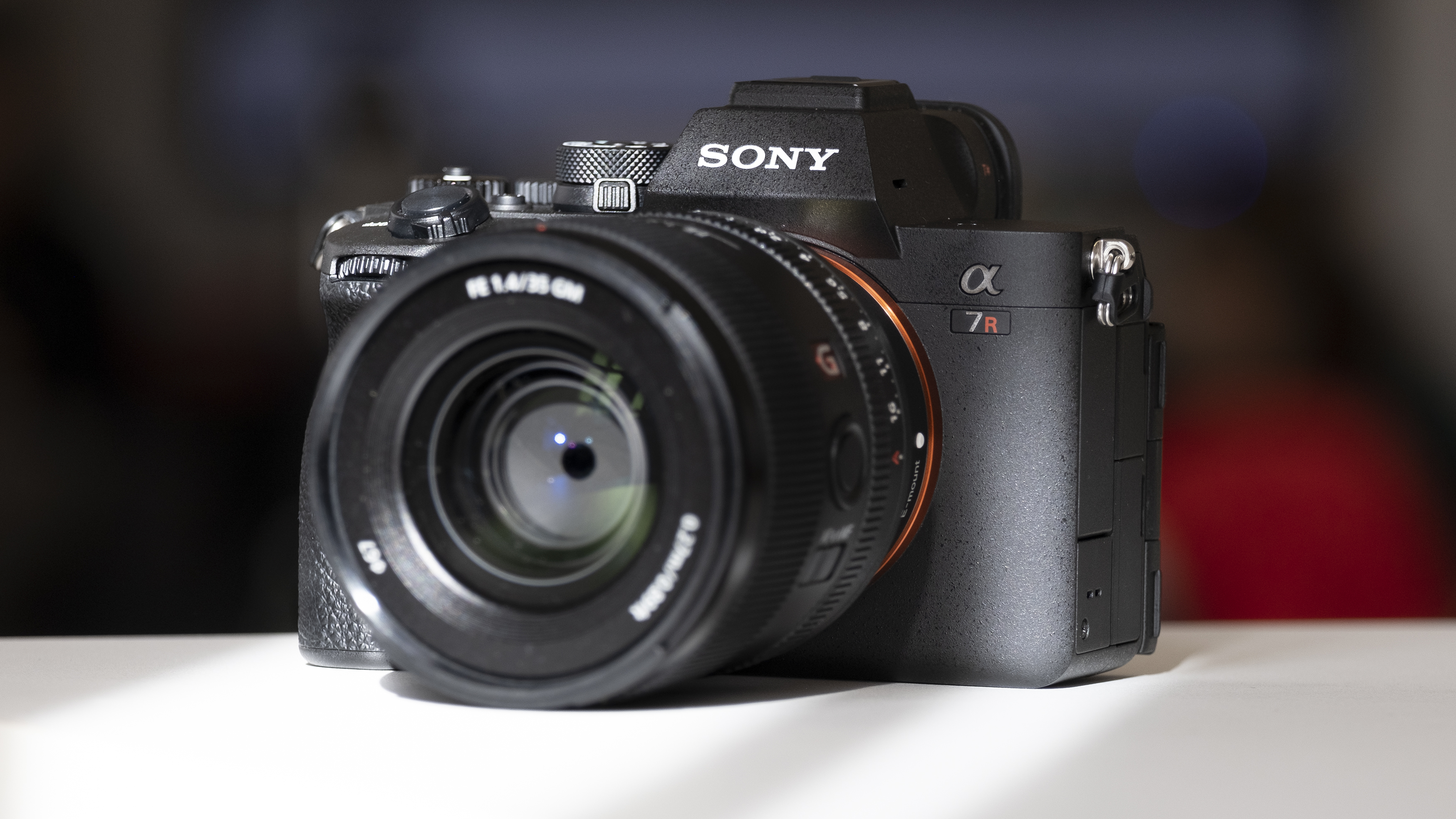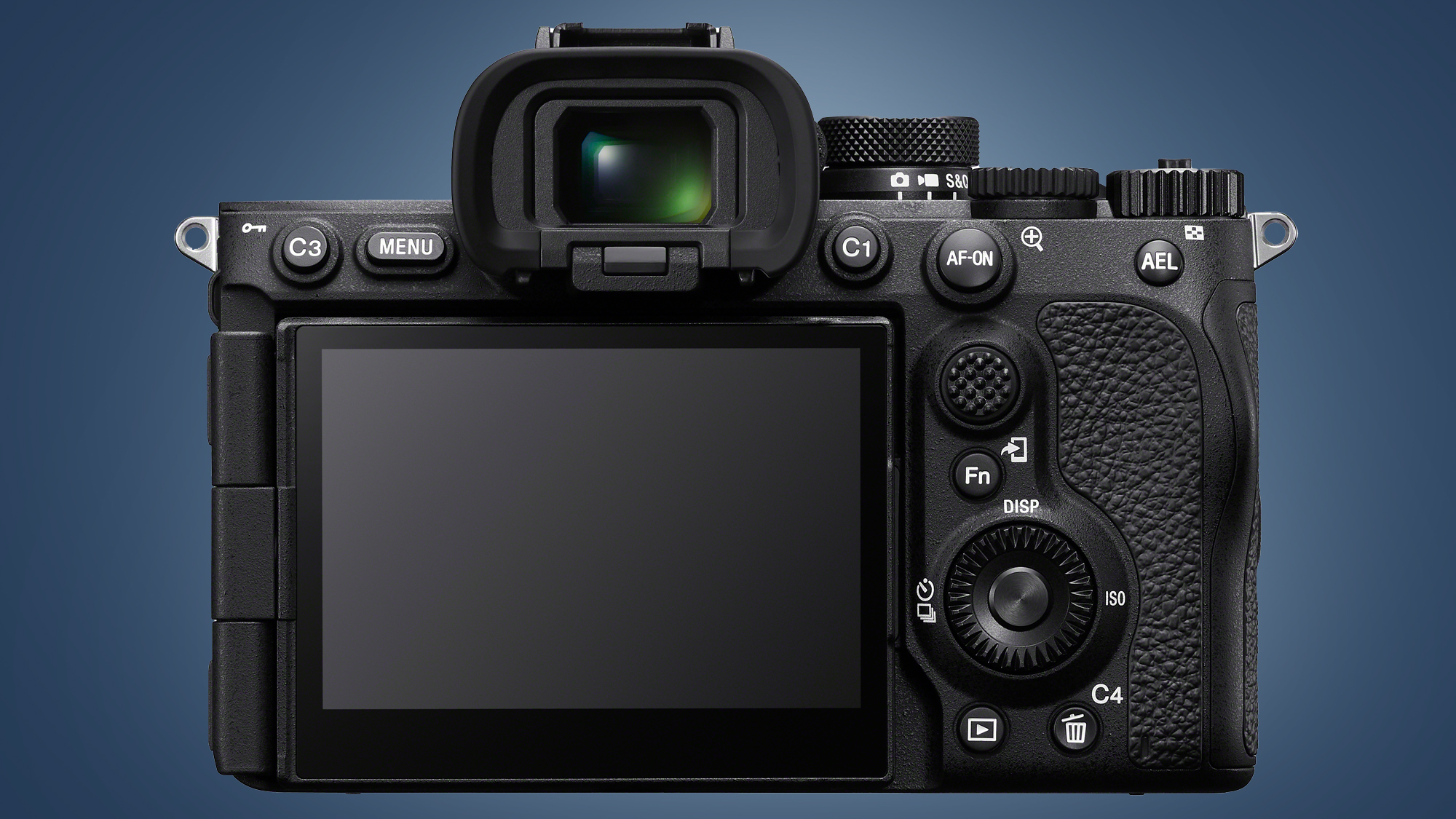Sony’s mirrorless cameras have been some of the biggest photographic innovators of the past few years – and that run of form has continued with new Sony A7R V: a 61MP full-frame powerhouse with some seriously smart autofocus. (Looking for our early verdict? Head to our hands-on Sony A7R V review).
Built for landscape, portrait, wildlife and product photographers, the Sony A7R V is part of Sony’s ‘Resolution’ series. Like its landmark predecessor from 2019, this means it’s built around a 61MP BSI full-frame sensor, which only medium format cameras, like the Fujifilm GFX100S, can beat for resolution.
But the biggest change on the A7R V is a new ‘AI processing unit’ that lives inside the camera’s Bionz XR processor. Sony claims that this unit means its new camera can crunch vast amounts of ‘deep learning’ training data relating to autofocus, making it a “turning point” for its whole Alpha range.
We haven’t yet fully tested these claims, but they sound promising, given that Sony recently stole a march on its rivals with its Real-time tracking autofocus tech. The real-world implications are that the Sony A7R V can, for example, analyze a human’s entire pose in granular detail in order to find their eyes, even when they’re obscured in the scene.
The same apparently goes for animals, with the AI autofocus able to recognize the head and body of a dog even when it’s faced away from the camera. If the system lives up to its claims, it could be a big boon for portrait and wildlife photographers.
What else is new compared to the A7R IV? A collection of design upgrades address some of that most common criticisms of that previous camera. A new four-axis articulating touchscreen lets you use it in both tilting and flip-around formations, which should go down well with hybrid shooters who prefer a balanced diet of stills and video.




Above the screen is the same 9.44-million dot electronic viewfinder that we previously enjoyed on the Sony A7S III, while on its side, the A7R V now has two CFexpress Type A card slots (which also accept UHS-II SD cards). A new setting also ensures the camera’s shutter remains closed when the power is off, to prevent the sensor dust issues that afflicted some owners of the A7R IV.
While the heritage of Sony’s ‘Resolution’ series lies in photography, the A7R V is also a powerful video camera. It makes the jump to 8K/24p video and can also shoot 4K/60p footage with 10-bit 4:2:2 color depth, which will go down well with those who like to color grade their videos. Unlike the flagship Sony A1, though, there’s no 4K/120p mode for slow-mo fans.
With a host of other upgrades, including improved in-body image stabilization – which gives you up to eight stops of compensation for handheld shots – the Sony A7R V is now (on paper) one of the most powerful mirrorless cameras that (lots of) money can buy. You can pre-order it right now, for $3,899 / £3,999 (around AU$7,155), with shipping expected to start in mid-November.
Analysis: Another leap forward for autofocus?

Sony has been a pioneer of camera autofocus for the past three years, with its ‘Real-time tracking’ AF taking the technology up a notch on the Sony A6400 and Sony A9. And while we’re yet to fully test its new ‘AI processing unit’, the company claims that the A7R V could be a similarly sizable jump forward for mirrorless cameras.
Alongside the traditional ‘photographic triangle’ of aperture, shutter speed and ISO, focus is a key component of image quality. And so-called AI autofocus – which is really based more on machine learning – is effectively making the whole process automated; by recognizing a scene’s subject and locking focus onto the key part of that scene (most commonly, the eyes of a person or animal).
It’s slightly strange that Sony has chosen to introduce this new technology – which will likely appear across its next generation of Alpha cameras – on the Sony A7R V. After all, this is a pricey professional camera that’s aimed at the kind of photographers who know how to (and often prefer to) control settings like focus themselves.
Then again, some of the Sony A7R V’s target buyers will be wedding or events photographers, who would certainly enjoy using a next-gen AF system for shooting stills and video in their rapidly-changing, unpredictable scenes. The A7R V also appears to fix most of the common criticisms of its A7R IV predecessor; including its convoluted menus, sensor dust issues and overall usability.
This makes the Sony A7R V a strong new rival to the popular Canon EOS R5, another powerful hybrid camera that’s capable of shooting 8K video. With both cameras having similarly lofty price tags, though, more frugal photographers might plan to see what discounts pop up on older models, like the Sony A7R III and IV in this year’s Black Friday camera deals, which are approaching fast.
stereoguide-referencehometheater-techradar